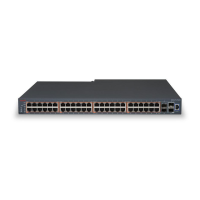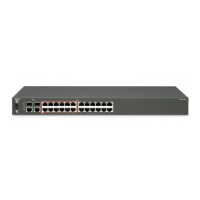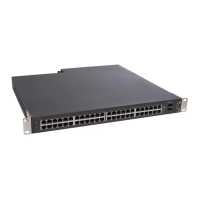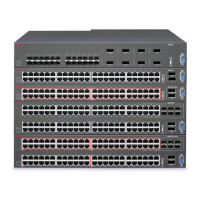What is Routing?
Issue 2 July 2005 167
Figure 26: Routing
The relation between the destination host's protocol address and its physical address is
obtained by the routers using the ARP request/reply mechanism, and the information is stored
within the ARP table in the router (see The ARP Table
on page 182).
Within an enterprise, routers serve as an intranet backbone that interconnects all networks. This
architecture strings several routers together via a high-speed LAN topology such as Fast
Ethernet or Gigabit Ethernet. Within the global Internet, routers do all the packet switching in the
backbones.
Another approach within an enterprise is the collapsed backbone, which uses a single router
with a high-speed backplane to connect the subnets, making network management simpler and
improving performance.
Figure notes:
1. First Hop:
● Protocol address: Destination
● Physical address: Router 1
2. Second Hop:
● Protocol address: Destination
● Physical address: Router 2
`
`
1
2

